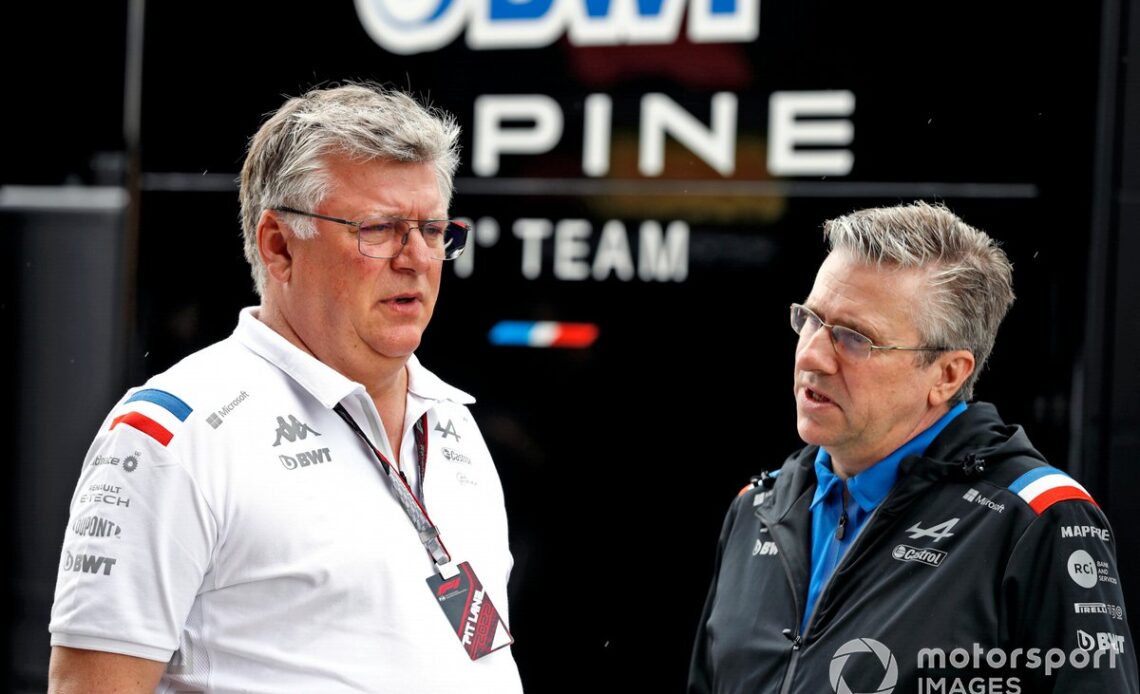The Enstone-based squad has been relentless in bringing upgrades to its A522 car, which has helped Fernando Alonso and Esteban Ocon score the points to put it fourth in the constructors’ championship prior to the summer break.
And while rival teams have had their developments constrained by F1’s cost cap, Alpine has not had to hold back, and is planning a recruitment drive to boost its staffing levels in a bid to push further up the grid.
It has emerged that one of the reasons Alpine has been able to afford the extra spending is because of a strategic decision it made early in the year to pre-empt the massive rises in energy costs that have hamstrung other F1 teams.
Predicting that electricity and gas costs were going to shoot through the roof in the wake of the Russian invasion of Ukraine, it pre-bought as much energy as it could, sheltering itself from the increased costs that came through the system later on.
Alpine team principal Otmar Szafnauer reckons the move saved the squad a sizeable amount of money, which it was then able to devote to ramping up performance of its car and team.
“We bought energy early and that saved us millions,” explained Szafnauer, speaking to Autosport about the progress of Alpine over the first half of the season.
“It was future energy and some material, so a smart move.”
Alpine has embarked on a mission to be fighting at the front of the grid by the end of its first 100 races under its new identity, since changing its name from Renault prior to the 2021 season.
Its challenge has been made tougher by the imposition of a cost cap in F1, but Szafnauer says the team is in an encouraging situation because of the way it was operating below the budget limit, helped in no small part by the energy-purchasing strategy it took.
Otmar Szafnauer, Team Principal, Alpine F1, Pat Fry
Photo by: Carl Bingham / Motorsport Images
“We’re, I don’t want to say significantly under the cost cap, but comfortably under the cost cap,” explained Szafnauer.
“That was done probably half by some good strategic decisions. Some of the finance people within the organisation saw the inflation coming at the rate that it is now and therefore made some good decisions to buy some things early at a cheaper price that you know you’re going to use in the future.
“And that’s helped for this year, but that’s only a one-year thing.
“But structurally too, we are structured a bit differently, where under the cost cap, I think we’re better off than some of…
Click Here to Read the Full Original Article at Autosport.com – Formula 1 – Stories…

